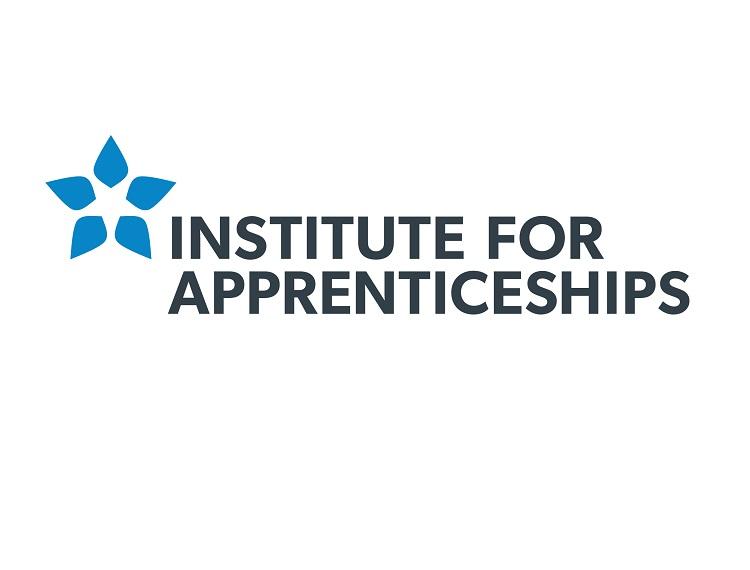Institute for Apprenticeships – a year in numbers

This month, the Institute celebrates its first birthday – looking back at our achievements so far and the challenges ahead.
Since developing an employer-led approach, and switching from apprenticeship frameworks to standards, there are now 256 standards across 15 occupational routes. A further 276 standards are currently in development.
Although we’re still in our infancy, we’ve achieved a considerable amount in our first year.
We’ve worked with over 2500 businesses of all sizes to develop apprenticeship standards that are rigorous, future-proofed and meet the needs of employers and apprentices alike.
We’ve built up a network of over 100 industry leaders across 15 sectors to make up our route panels – ensuring each apprenticeship standard approved meets robust industry requirements.
A year ago starts on standards represented around 3% of all starts. That figure is now approaching 40%.
Increased proportions of apprentices are starting on higher level apprenticeships (levels 3, 4, 5 and 6) with standards (where this figure is around 20% of all standard starts) than on frameworks (where it is around 5%).
Over 70% of apprenticeship standards approved or in-development are at level 3 or above.
We successfully launched our Faster and Better reforms in February, streamlining our ways of working with employers and our trailblazer groups.
We’re applying these ‘lean’ techniques wherever possible to those 276 standards that are still in development as well.
So, what’s next?
We’re now increasing the number of standards available at a rate of around 15-20 or so every month. By the end of the financial year, we hope to have almost 400 standards approved for delivery, and that figure will probably be over 500 by 2020.
We’ve set ourselves an internal performance target of over 80% to approve all new standards within eight months of the first proposal being accepted.
For more on our first year, read Sir Gerry Berragan’s interview published in TES.











Responses